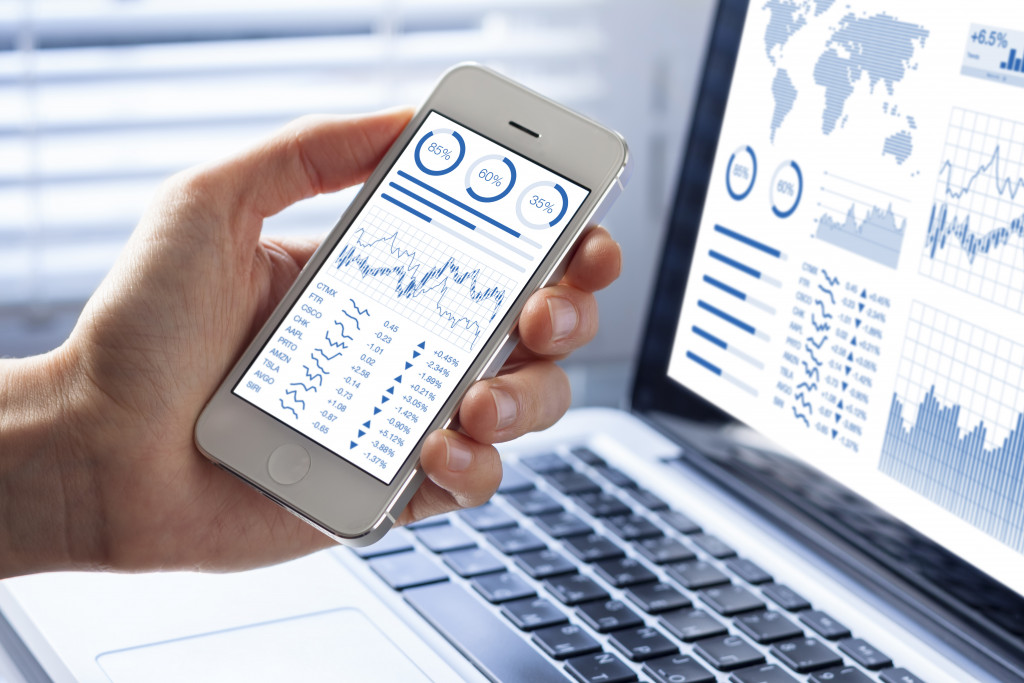Executives, managers, and employees use business intelligence (BI) to assist them in making better business choices by analyzing and providing actionable data. This is where specialists like JMG Solutions Experts come in. Data is collected as part of the BI process, prepared for analysis; queries are performed on the data. Data visualizations, BI dashboards, and reports are created to make the analytics findings accessible to corporate customers for management decisions and strategy development.
The word “business intelligence” has been used sporadically since the 1860s. Still, consultant Howard Dresner originally proposed it as an umbrella phrase to use data analysis methods to assist corporate decision-making processes in 1989. BI tools developed from decision support systems and executive information systems were mainly utilized by business leaders and based on mainframe technology.
Business Intelligence Processes
Company intelligence is a broad phrase that refers to the procedures and techniques used to gather, store and analyze data derived from business operations or activities to improve performance. Business intelligence is not a particular “thing.” These factors combine to provide you with a complete picture of a company that can make more informed, effective choices. More processes and activities have been integrated into business intelligence during the last several years to enhance performance. These are some of the methods:
- Data mining is the process of looking for patterns in big data sets by combining techniques like statistics and machine learning (ML).
- Shared data analysis with stakeholders enables them to form their conclusions and take action.
- Managers often use customized dashboards to compare current performance to previous years’ results to monitor progress toward objectives.
- Preliminary data analysis merges with descriptive analytics to determine what transpired.
- Inquiring about the data and having BI get the responses from the data sets is known as querying.
- Analysis utilizing statistics, such as how and why a particular trend occurred, builds on descriptive analytics findings.
- Use of visual representations like charts, graphs, and histograms to make data easier to understand.
- Analyzing data visually: Using visual storytelling to discover insights quickly and remain at the moment.
- Prepare data for analysis by combining information from many sources, determining dimensions and measurements, etc.

Artificial Intelligence
The integration of artificial intelligence (AI) and ML into BI is by far the most significant development. And according to IDC researcher Dan Vesset, a new age of augmented analytics has started. However, historical patterns indicate that this new generation of BI software will take fewer than ten years to achieve widespread acceptance before AI-enabled analytics capability becomes widely available.
With enhanced BI or traditional business intelligence supplemented with AI, Boris Evelson, an analyst at Forrester Research, says that anybody can become a citizen data scientist. To make forecasting, predictive analysis, anomaly detection, and other BI activities with a single click. Evelson says non-data scientists will be able to do these tasks.
Business intelligence tools and platforms that allow users to do analyses on their own are becoming more popular. By doing this, individuals can more easily view and comprehend their data without possessing specialized knowledge. Ad hoc reporting, data visualization, and customized dashboards for different levels of users are all possible with various BI systems.
Data-based Storytelling
Because of the improved decision-making possibilities, a major BI trend in 2021 will be the transition from simple data analysis to personalized interpretation. To do this kind of data storytelling, data analysts must present the information they’ve gathered in a more approachable manner and provide concrete answers and systems. With the rise of data storytelling, companies will have to rethink how they utilize data to stay relevant.
Data Quality Control
Because of the adoption of BI, the worth of a data set has been proven. However, the value of a data set is entirely dependent on the quality of the input data. The BI obtained is worthless if the data is inaccurate, inconsistent, out-of-date, or incomplete. With this, data quality management has seen a surge in popularity since it calls for a mix of the finest people, the best technology, and a company culture that encourages the collection of accurate, relevant data. Data quality procedures that improve business intelligence will be implemented by companies in 2021.
Final Thoughts
Business analytics and business intelligence are terms that are often used interchangeably. In some instances, business analytics refers to both BI and advanced analytics, rather than just BI. On the other hand, data analytics is a catch-all phrase for all kinds of business intelligence (BI) and analytics software. For example, descriptive analytics, which is usually what BI offers, predictive analytics, which predicts future behavior and results, and prescriptive analytics, which suggests business actions, are all included.

